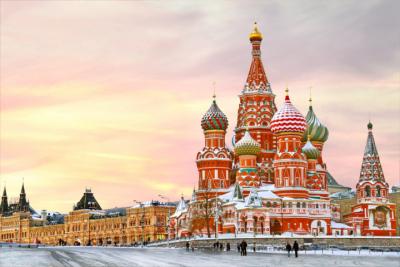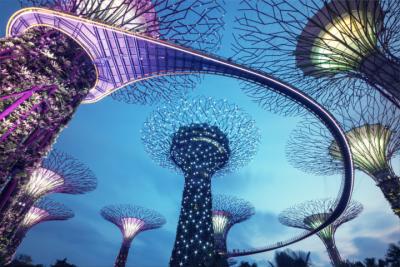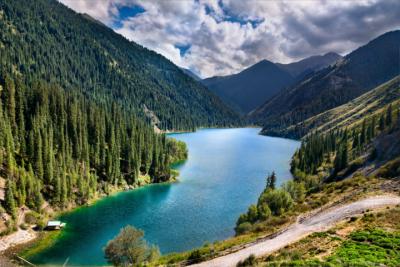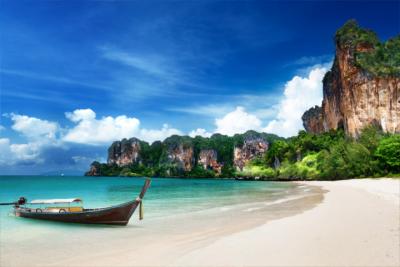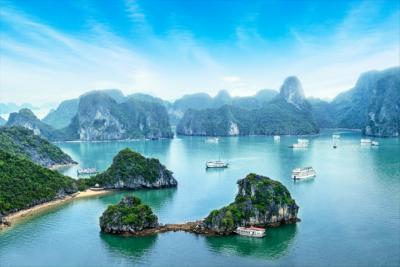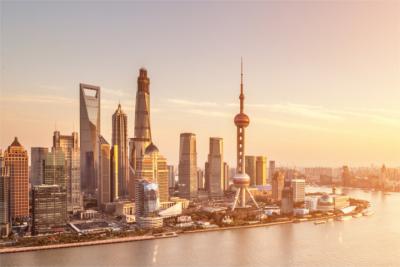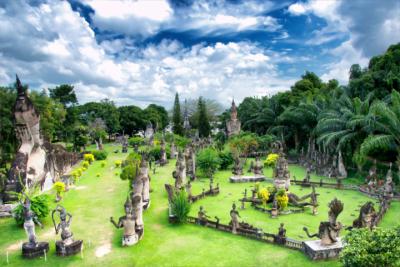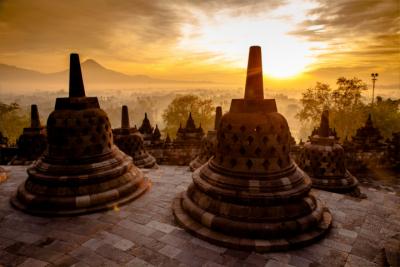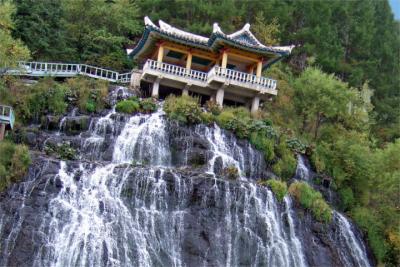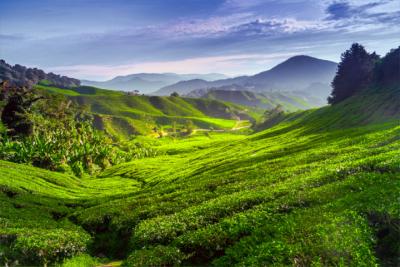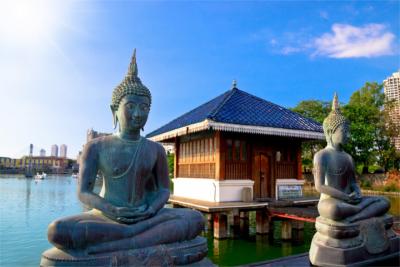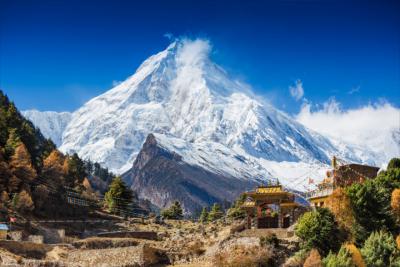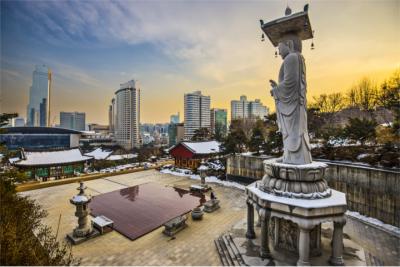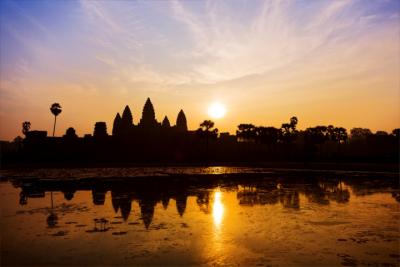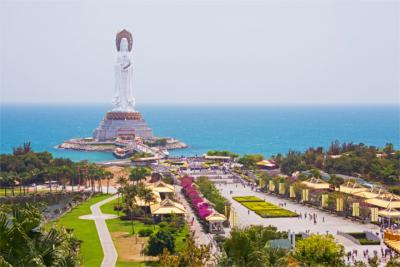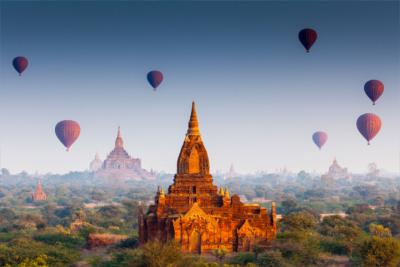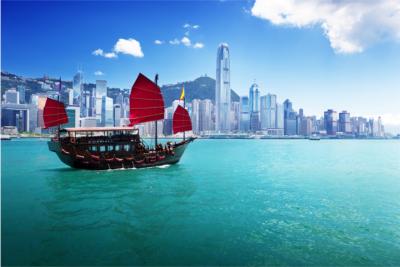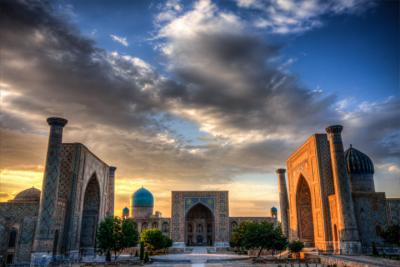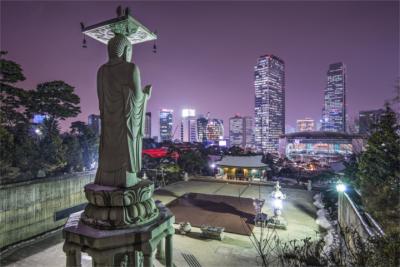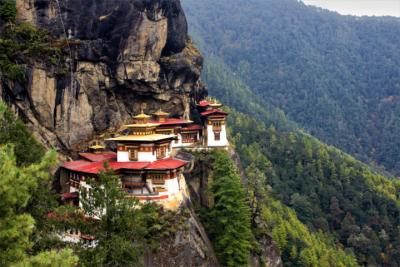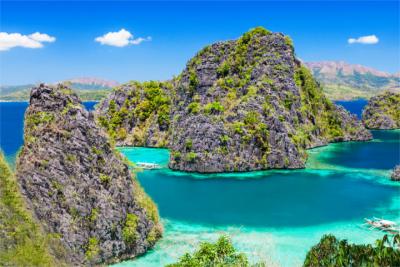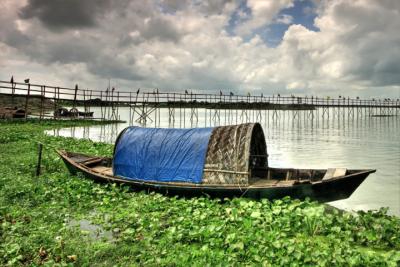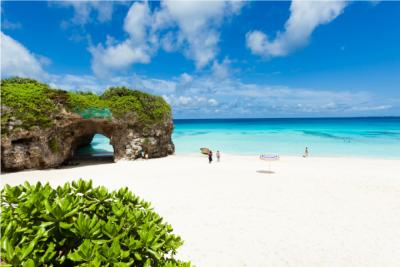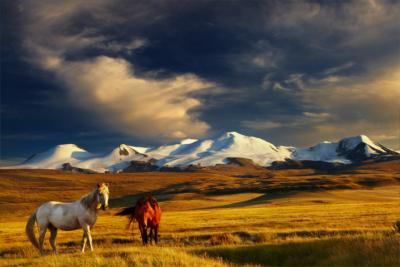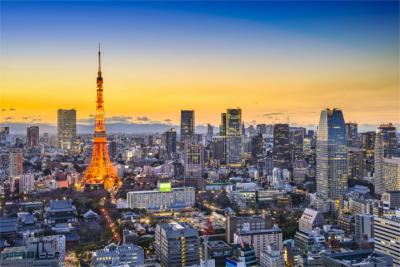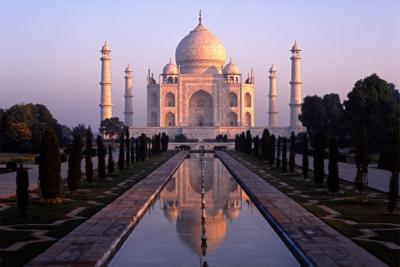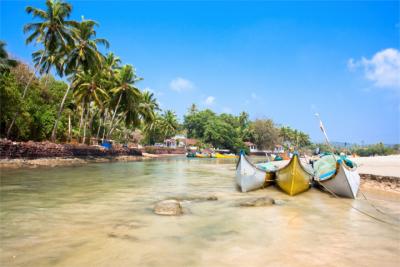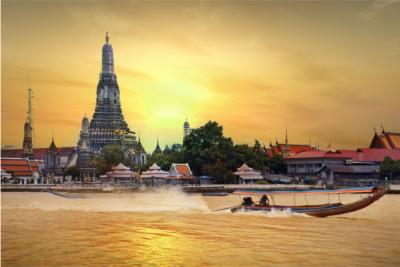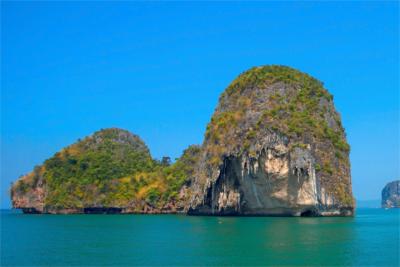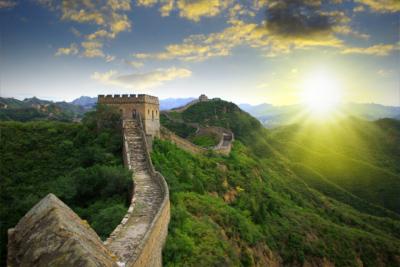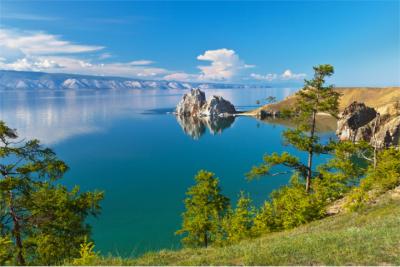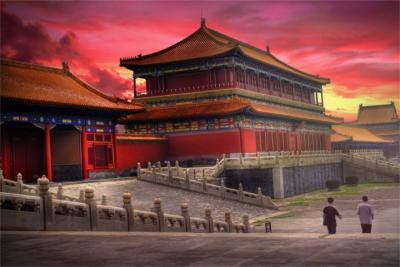Travel Offers
Travelmyne Featureprint
Distance
Myanmar – The Land of Golden Temples and Pagodas
Myanmar (also Burma) is known as the "golden land". It is no wonder that visitors are amazed by the numerous extraordinarily ostentatious temples and pagodas the country has to offer. The inhabitants also have a golden heart. They cherish Myanmar's old traditions and the religion as well as its rich, diverse nature.

Geography - Arakan Mountains, Irrawaddy River and the scenic archipelago
The South East Asian state Myanmar borders on the Indian Ocean and the Bay of Bengal. Furthermore, it is enclosed by India, China, Thailand, Laos and Bangladesh. In the north you find the Kachin Hills, which are foothills of the Himalayas, and the south-west coast is lined by the Arakan Mountains, which reach heights of up to 3,000 metres. The Irrawaddy River crosses the country's centre and constitutes a fertile plain. The scenic Mergui Archipelago also belongs to Myanmar. It consists of 800 untouched, densely forested islands. The climate is dominated by the monsoon and the average temperatures are between 20 and 30 °C throughout the year.

Nature - Diverse landscapes and fauna
Myanmar displays nature in its nativeness and diversity. About 40 percent of the territory are covered in unspoiled forests – from robust coniferous to deciduous trees to lush rainforests. The Irrawaddy River originates in the harsh, rugged mountains with their tops covered in snow and crosses the whole country. At its banks and alluvial areas you find fertile fields and vast meadows. The more arid regions, on the other hand, consist of vast steppes, savannas and semi-deserts. The country's fauna is as diverse as its landscape with animals like tigers, leopards, rhinoceroses, buffaloes and elephants.

Natural sights - High mountains and clear lakes
You can watch wild herds of elephants, big cats, monkeys and many other animals in the Alaungdaw Kathapa National Park near Sagaing, the country's greatest national park. You can explore its area on foot, on an elephant or by boat. Close by the temple city Bagan, you find the dead volcano Mount Popa. Its top is decorated with the Tuyin Taung Pagoda. The hike up the mountain leads you through beautiful landscapes because the fertile volcanic soil is vegetated by numerous flowers and trees. Near the pagoda tourists can feed the monkeys which live there. Another worthwhile attraction is the lake in Pindaya. The caves surrounding it accommodate thousands of Buddha statues. The Ngapali Beach in the west of the country, Myanmar's best-known beach, invites visitors to relax. Another famous natural sight is the wonderful Inle Lake with its floating villages and gardens. Fruit, vegetables and flowers are grown directly on the water there, which the inhabitants circuit skilfully by leg rowing.

Culture - Characterised by Buddhism
The Kingdom of Burma emerged in the 11th century. It was taken over by the United Kingdom in the 19th century and incorporated into British India. After the country had gained independence in 1948, the military ruled it for a long time and carried out the official change of name from "Burma" to "Republic of the Union of Myanmar" in 1989. The country has only been democratic since 2011. Myanmar developed from an isolated rural state to a modern, open country. About 130 ethnic groups, which belong to a number of different religions, live here. The Buddhism has the most significant influence on the country's culture, which is apparent from numerous sanctuaries. The chewing of the areca nut, which has a lightly intoxicating effect, is a common custom in Myanmar.

Cultural sights - Sanctuaries covered in gold
The well-known Shwedagon Pagoda in the former capital Yangon (also Rangoon) is the country's landmark and religious centre. It is considered the most valuable pagoda on earth - covered in gold from the pedestal to the top of the tower. In addition, it is decorated with gemstones and elegant bells and accommodates magnificent shrines. The Golden Rock near Kyaikto is an important sanctuary. The gold-plated block of stone, which is 5.5 metres high and has the shape of a face, is said to be held in its place at the steep cliff by two of Buddha's hairs. Another worthwhile sight is the city Bagan. With about 2,000 temples and other sacred buildings from four centuries, it accommodates an enormous treasure of historical attractions. You also find many unique treasures in and around the cultural centre Mandalay, the country's second biggest city, such as the Mingun Bell, which weighs 87 tons and is the world's second greatest free-floating bell, or the 150-year-old U Bein Bridge, which serves monks as a pilgrimage route and constitutes the longest teak bridge on earth.

Experience - Eating curry
The people in Myanmar love eating curry in all kinds of variations. Mohinga, fish soup with noodles, is also eaten at all times of the day. Visitors can experience the country's age-old traditions at the many, lively religious celebrations with the New Year Thingyan Water Festival in April as the most famous example. Going to one of the theatres is another good way of getting to know the population and going out at night. A major part of life has always taken place on Myanmar's markets. You buy everyday goods there or meet for a casual chat. Travellers get a feel for the inhabitants' friendly, lively nature and can buy local products like lacquerware in form of vases, plates or tins, painted umbrellas and gemstones. You learn more about the country - especially about its relation to the water – on boat trips, for example on the Irrawaddy River.

Activities - Relaxing in unspoiled nature
Wonderful, empty sandy beaches are a paradise for holidaymakers who want to relax. The warm sea and the pleasant temperatures offer great conditions for swimming, diving and relaxing. Hikers and mountaineers are drawn to the mountainous region in the east. You can explore the country's many small villages and religious treasures on foot or by bike. A boat trip on one of Myanmar's lakes makes travellers daydream. A real adventure is a trip on a horse-drawn cart, for example to Bagan. When you have arrived, you can take part in a truly unique activity: balloon flights offer a fantastic view of the city's numerous temples and religious facilities.
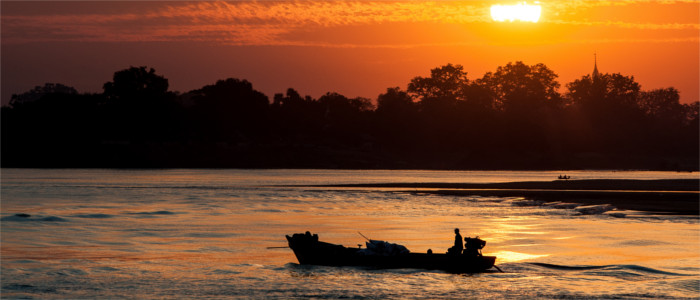
Information
You can arrive in Myanmar at the airports in Yangon (RGN) and Mandalay (MDL). For travelling within the country, the train is a great means of transport. A popular route is the one from Yangon to Mandalay, for example. The people in Myanmar speak Burmese and often English as well. Before setting out on your journey, you should gather information on travel advice and current alerts.
Myanmar is perfectly suited for travellers who want to get to known the uniquely magnificent cultural treasures of the Buddhism and for adventurers with a sense of natural beauty.

